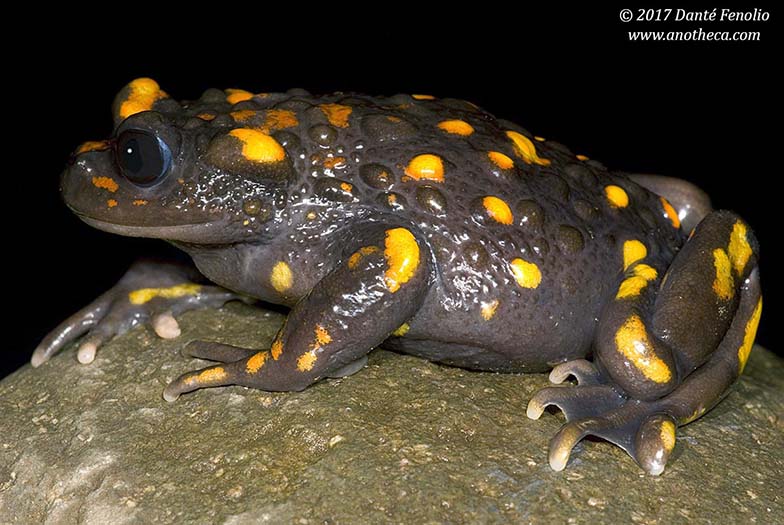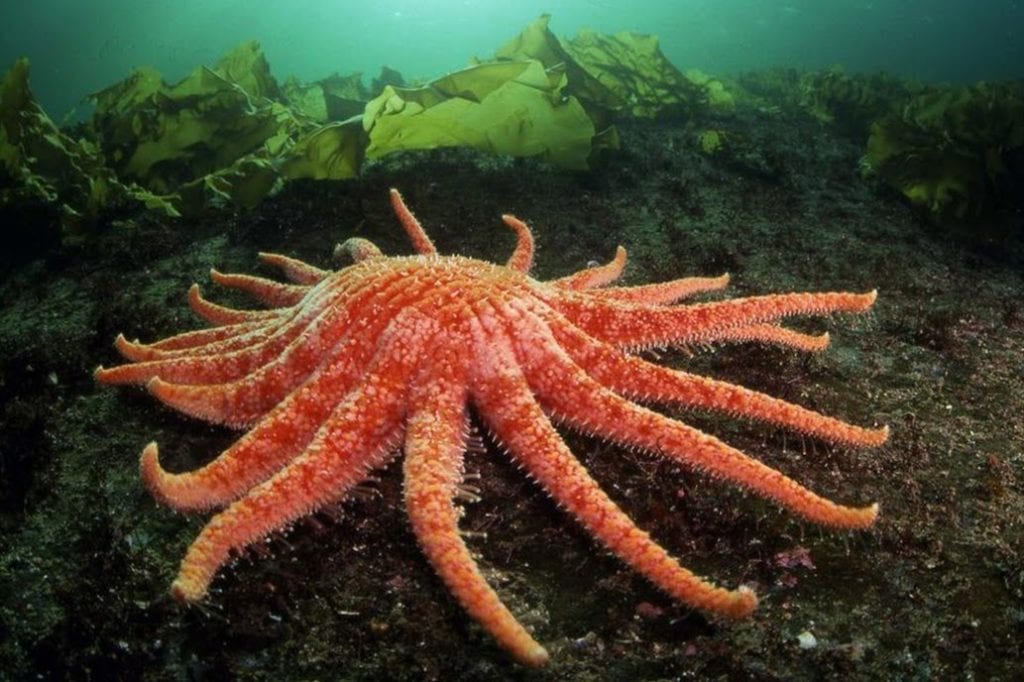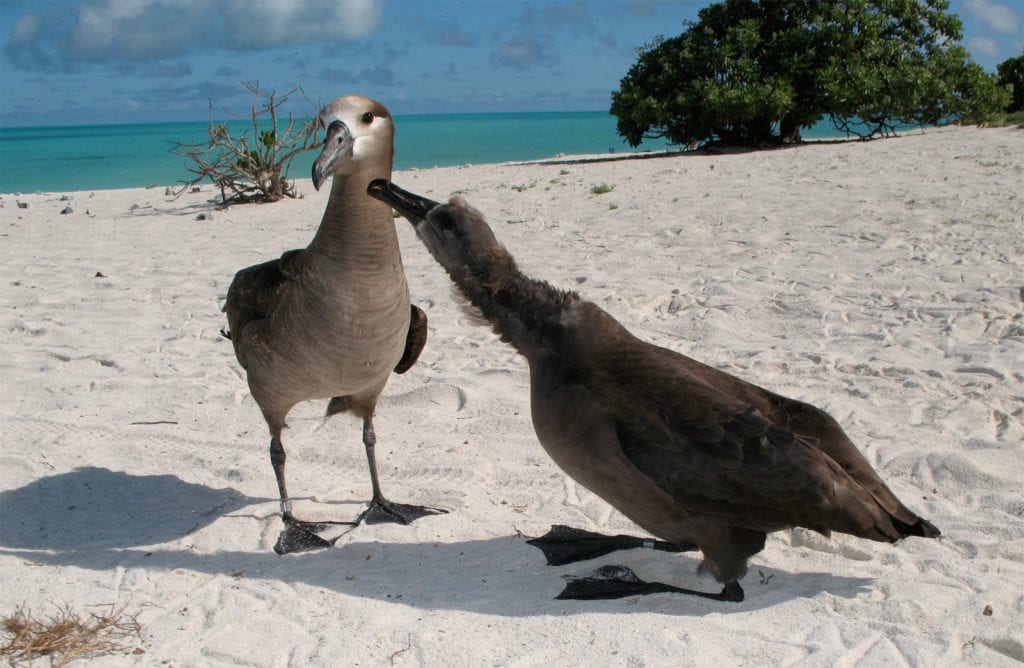AWARDEES FROM THE WILD GENOMES–Kelp forest COMPETITION
SEA OTTERS
Sequencing samples from sea otters to estimate inbreeding, construct a pedigree for this subpopulation and create a high-quality dataset to inform future translocation efforts for this species.
BULL KELP
Studying the genomic architecture related to the temperature response in bull kelp to inform plans to mitigate climate change impacts on kelp forests.
BLACK ABALONE
Generating much-needed genomic data on surviving populations of black abalone to help with conservation of this endangered species.
BLUE MUSSELS
Developing a rapid, relatively inexpensive genomic monitoring strategy based on the genomics of blue mussels to detect kelp forest ecosystems under environmental stress.
BROWN SEAWEED
Collecting reproductive individuals for biobanking and support the sequencing and assembly of genomes from two Cystophora species of brown seaweed.
SEA DRAGONS
Sequencing the genomes of leafy and common sea dragons to better understand current population health status and improve conservation risk assessment of these kelp-dwelling fishes.
PYJAMA SHARKS
Generating the first high-quality reference genome to help understand pyjama shark status and resilience, and contribute towards science-based preservation strategies.
AWARDEES FROM THE WILD GENOMES–Amphibians COMPETITION
CHYTRID FUNGUS
Enabling rapid field detection of the amphibian fungal pathogen Batrachochytrium dendrobatidis (Bd) using a CRISPR-based SHERLOCK assay.
CHILE MOUNTAINS FALSE TOAD
Completing a reference genome for the Chile Mountains false toad (Telmatobufo venustus) to help develop a national conservation plan for this species and other false toads endemic to Chile.
Vietnamese crocodile newt
Sequencing the unusually large and complex genome of the Vietnamese crocodile newt (Tylototriton vietnamensis) to provide a resource for scientists and inform conservation of the species.
ANDEAN JAMBATO HARLEQUIN FROG
Developing a reference genome for the Andean Jambato harlequin frog (Atelopus ignescens) to characterize a recent genetic bottleneck and improve recovery of a species once thought to be extinct.
LAOS WARTY NEWT
Using a top-down genomic approach to develop a cost-effective molecular toolkit for the conservation of an endangered newt (Laotriton laoensis)
AWARDEES FROM THE WILD GENOMES–MARINE COMPETITION
BLACK-FOOTED ALBATROSS
Building genetic markers that reflect where an Albatross was born to inform conservation and create opportunities for targeted fisheries management.
SEA TURTLES OF THE WORLD
Building high-quality reference genomes for the five sea turtle species to combat poaching, assess climate resilience, and inform strategies for population recovery.
brown sea cucumbers
Assessing genetic variation to guide re-introductions, assess the impacts of fishing, and provide tools to combat poaching.
JONAH CRABS
Building a reference genome as a foundation for stock assessments that can help build sustainable, well-managed fisheries.
Pinto abalone
Studying the population genetic structure of pinto abalone from Alaska to Mexico to inform the selection of new potential broodstock sources for restoration.
Narwhals
Sequencing genomes from narwhals across fjord systems to assess fine scale genetic structure, management units, local adaptation, and inbreeding for management.
MESOPHOTIC CORALS
Building reference genomes for two coral species, both reef specialists of American Sāmoa. The reference genomes will inform a new conservation project with the National Park Service testing thermal thresholds and climate resilience of these two species.
AWARDEES FROM THE WILD GENOMES–Terrestrial COMPETITION
BINTURONG
Building genetic markers to identify which island confiscated binturongs are from, to help improve binturong reintroduction, rehabilitation, and captive breeding.
SUNFLOWER SEA STAR
Finding genomic variation that confers resilience to sea star wasting disease, to help shape captive breeding programs and advance genomic resilience.
JOSHUA TREE
Sequencing 300+ Joshua trees across their range, to find genes related to climate adaptation and map genetic variants to predict climate change risk.
EASTERN LONG-TOED SALAMANDER
Collecting population genomics data to inform reintroductions and study the effectiveness of recently installed under-road tunnels.
TAKAHE
Producing a platinum-quality reference genome of the takahē and assessing the genetic variation of the remaining population, to better understand takahē fitness, persistence, and adaptive potential.
BOLIVIAN JAGUAR
Sequencing jaguar genomes to investigate genetic diversity, population structure, and gene flow, to identify areas in need of conservation action and source populations for possible translocations.
CHINOOK SALMON
Creating a whole-genome, range-wide catalog of genomic diversity in Chinook salmon, to help restore extirpated populations, inform breeding programs, improve monitoring, and target efforts that address species diversity.
EASTERN QUOLL
Building a high-quality reference genome for the Eastern quoll, to help conservation managers maintain functional diversity in populations and re-establish baseline mainland diversity.
SIX WHALES
Building reference genomes for five whale species that represent evolutionary diversity across cetaceans, to help researchers determine taxonomy, breeding structure, inbreeding, local adaptation, and potential response to climate change.
XERCES BLUE BUTTERFLY
The Xerces Blue butterfly was one of the first documented invertebrates to go extinct due to habitat destruction. This team seeks to identify an ecological replacement for Xerces in San Francisco’s Presidio dunes, as part of a larger habitat restoration project.















